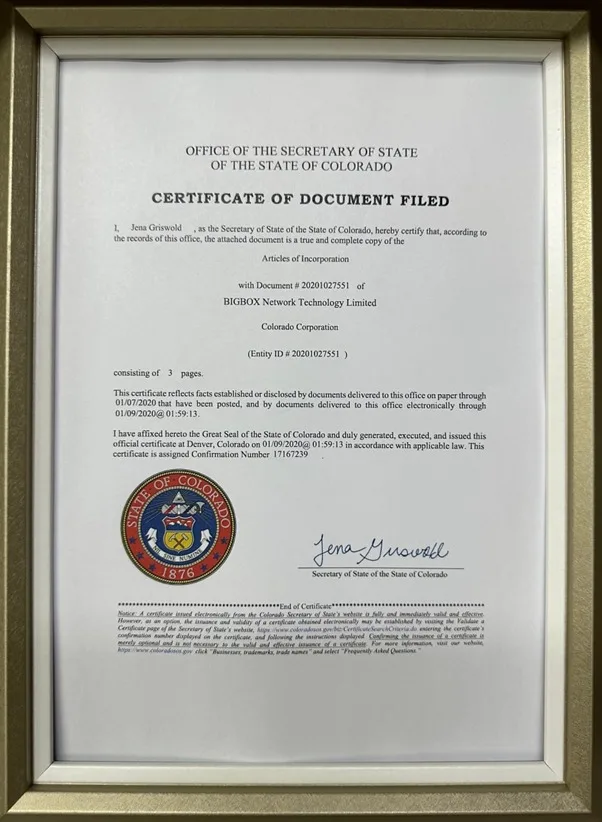Legal Driving Rules Learners Must Follow in the UK
Learning to drive is a significant and exciting milestone for many young people and their families. However, alongside the freedom it promises comes a number of legal responsibilities that every learner driver must follow. Whether you’re getting behind the wheel for the first time or helping someone else prepare, it’s essential to understand the legal framework that governs learner drivers in the UK. Below, we outline the most important rules to keep in mind before heading out on the road.
Who Can Supervise a Learner Driver?
Learners are not permitted to drive unaccompanied. To legally supervise a learner driver, the accompanying adult must meet specific criteria: they must be at least 21 years old, have held a full driving licence for a minimum of three years, and be qualified to drive the same type of vehicle.
This means that not just any adult qualifies as a supervisor. For example, someone who has only recently passed their driving test or holds an automatic-only licence cannot supervise someone learning in a manual vehicle. For a detailed breakdown, you can refer to the official GOV.UK guidance.
What Car Can You Legally Learn to Drive In?
The car used for learning must meet certain legal standards. It must be taxed, insured, and have a valid MOT certificate if it is more than three years old. The vehicle must also be in a roadworthy condition and display clear L-plates on both the front and rear.
Even if you’re practising in a friend’s or parent’s vehicle, learner insurance is legally required and ensures you’re protected while on the road. This specialised, temporary insurance is designed specifically for learners and offers peace of mind during private practice.
Many learners also choose to take lessons in dual-control cars, which allow the instructor to take control if needed. This setup is especially helpful for building confidence in tricky traffic conditions.
For a comprehensive checklist of vehicle and legal requirements, visit the UK government’s guide to learning to drive.
Where and When Learners Can Drive in the UK
Learners are permitted to drive on most public roads, including A, B, and C roads. However, they must be accompanied by a competent driver who is over 25 and has held a full UK licence for at least three years. Driving on busier A roads offers valuable experience and helps learners prepare for more complex driving situations, including motorways.
That said, learners are not allowed on motorways unless they are with an approved driving instructor in a dual-control vehicle. This is a legal requirement aimed at maintaining safety for all road users. More information is available in this helpful article on A roads and learner drivers.
Finally, some regions may enforce local restrictions or curfews—particularly for younger drivers—so it’s wise to check with your local authority if you’re unsure.





